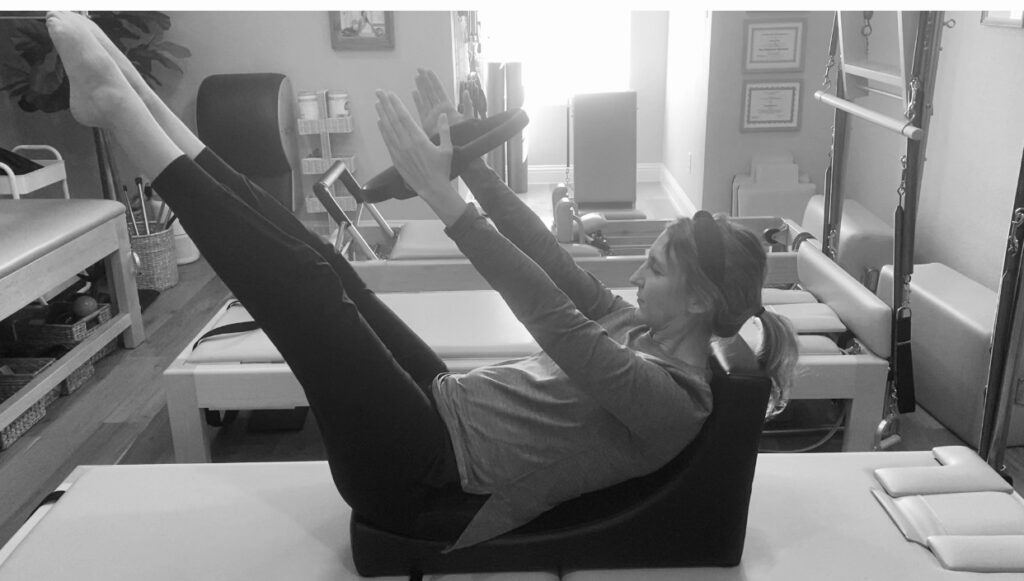I can not say enough beautiful things about The Swans of Harlem by Karen Valby. The book will be released this coming April, 2024. It is hands down one of the most intriguing books I have ever read about American ballet history. It is a richly layered, profound read. Valby tells the untold, forgotten stories of five women that broke the barriers in American ballet history in the late1960s and 70s for Black dancers to have a place in the classical ballet world with opportunity at the professional level.
Lydia Abarca, Sheila Rohan, and Gayle McKinney-Griffith, all selected by and nurtured under the direction of Arthur Mitchell as the founding prima ballerinas of Dance Theatre of Harlem along with other noted dancers (Karlya Shelton and Marcia Sells) together pioneered the way for the current, widely celebrated, famous Misty Copeland and her rise to be the first ever Black American Principal ballet dancer with American Ballet Theatre. These women’s life stories, groundbreaking work, and heroism have not just been eclipsed by Copeland’s story, but have never been respectfully accounted for and told. Valby elegantly and seamlessly shares their stories and ensures their rightful place in both American dance and Black history in this captivating, historical read.
Valby depicts who these young women were as passionate dancers deeply in love with classical ballet, and their perseverance, grit, endurance, and loyal dedication under Arthur Mitchel’s tyrannical direction for the unified mission and vision they shared; to create real opportunity for American Black dancers and youth to have presence and future in the professional classical dance world. However, what Valby uniquely does differently than the other distinguished ballerina published biographies I have read in the past is she vividly shows us who they were as people aside from just being dancers by taking us back to their childhoods, their varying backgrounds, and family structures they came from. Very much like strong character development in a fiction novel, I found myself feeling like I really grew to know these women in such a relatable, full person, humanistic way.
During the time period Dance Theatre of Harlem was established it was known in the ballet world to be the Balanchine era. George Balanchine is known for being the iconic co-founder, choreographer, and artistic director of the New York City Ballet who created the neoclassical genre of ballet that deemed him the “Father of American ballet” with its more contemporary unique linear aesthetic and dynamic energy paired with the scores of composer, Igor Stravinsky. It represented a divergence from the repertoire and style of the European genre and ballet classics.
During the Balanchine ballet era, there was absolutely no opportunity for Black female ballet trained dancers (and barely any representation of Black males with Arthur Mitchell being the first and only in the New York City Ballet) to dance on the professional stage. Because there was no future for them, young classically trained Black dancers that showed significant skill and talent were eventually encouraged to crossover into modern dance. However, that option was heart wrenching and dream squelching for those fully passionate and dedicated to ballet and uninterested in the genre of modern dance. Arthur Mitchell made it his life’s mission for Black dancers to have just as much of a rightful place and be widely respected in the classical ballet professional world as their White counterparts.
Mitchell was the first Black male Principal dancer in The New York City Ballet, encouraged and distinguished by Balanchine for his phenomenal talent. Valby vividly tells us the story of Mitchell starting and establishing Dance Theatre of Harlem in the basement of a church, the continuous relocation of the dance establishment many times related to limited funds and rent rates, his hustle for funding and donors, and how in only two years time he grew Dance Theatre of Harlem to be internationally recognized and acclaimed as one of the top professional ballet companies in the world.
Valby shows us the widely varying sides of Mitchell’s personality and character through the eyes of his founding ballerinas Abarca, Rohan, and McKinney-Griffith from the tyrannical, demanding, perfectionist, patriarchal, verbally berating and demeaning artistic director, to the determined, uncompromising leader who knew what had to be done to make monumental change for his race in the ballet and greater world, to his more compassionate, humanitarian, thoughtful side.
The book gives a real, raw, and detailed understanding of these women’s lives and their journey with Mitchell from the initial, unrelenting, hopeful dream to it manifesting into their living reality. Valby clearly relays the huge significance and atypical opportunity this provided not just for the founding ballerinas, but also, what it represented at large for young Black women and youth in America during the Civil Rights Movement Era.
Along the way, Valby honestly shows us the women’s sacrifices, difficult life choices, physical pain and mental anguish endured, as well as, their strength, gifted talent, brilliance, love, beauty, grace, and sisterhood bonds.
Thank you Karen Valby for honoring and telling these women’s life stories and sharing this significant historical account of Black American dance history and empowerment in such an interesting, entertaining read.




